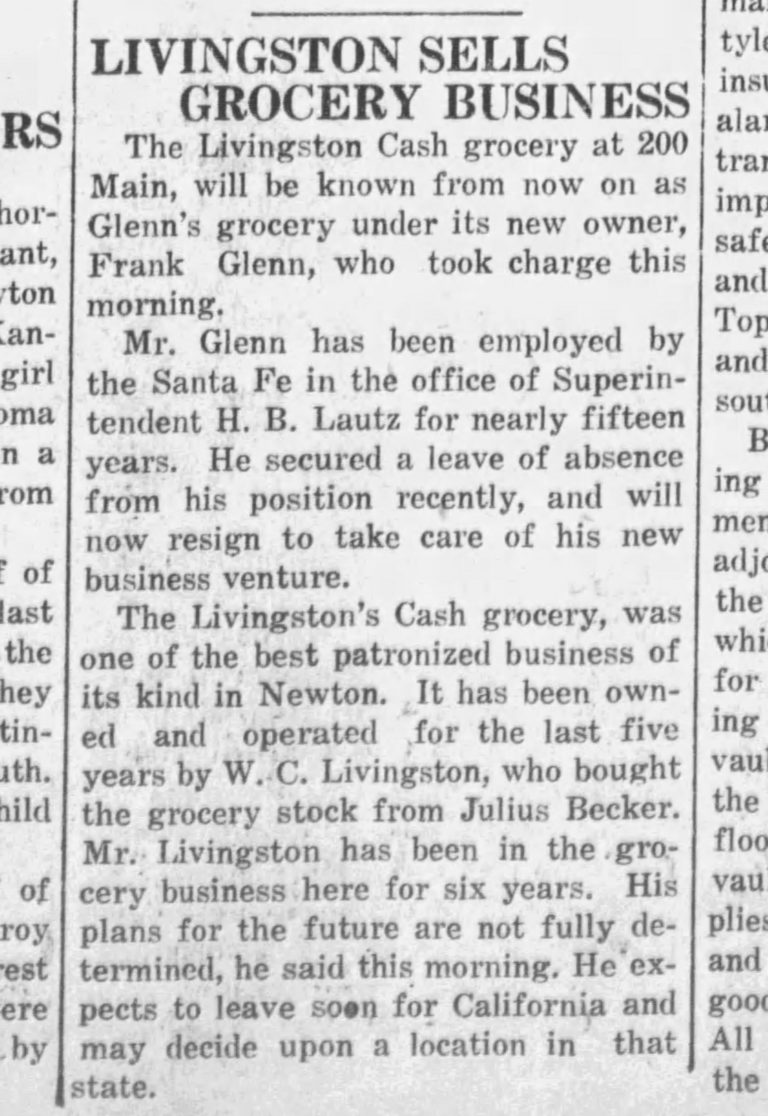
The average household size was 2.61 and the average family size was 3.10. 23.9% of all households were made up of individuals, and 7.3% had someone living alone who was 65 years of age or older. There were 109 households, out of which 42.2% had children under the age of 18 living with them, 56.0% were married couples living together, 10.1% had a female householder with no husband present, and 27.5% were non-families. Hispanic or Latino of any race were 3.87% of the population. The racial makeup of the city was 95.42% White, 1.41% African American, 1.06% Native American, 1.06% from other races, and 1.06% from two or more races. There were 118 housing units at an average density of 483.1 per square mile (186.5/km 2). The population density was 1,162.6 inhabitants per square mile (448.9/km 2). Mid Kansas Cooperative, east side of BNSF Railway and US-50 (2010)Īs of the census of 2000, there were 284 people, 109 households, and 79 families residing in the city. The gender makeup of the city was 57.0% male and 43.0% female. 21.7% of residents were under the age of 18 8.5% were between the ages of 18 and 24 21.7% were from 25 to 44 30.7% were from 45 to 64 and 17.4% were 65 years of age or older. The median age in the city was 40.9 years. The average household size was 2.53 and the average family size was 2.88. 23.7% of all households were made up of individuals, and 9.7% had someone living alone who was 65 years of age or older. There were 93 households, of which 30.1% had children under the age of 18 living with them, 58.1% were married couples living together, 10.8% had a female householder with no husband present, 5.4% had a male householder with no wife present, and 25.8% were non-families. Hispanic or Latino of any race were 6.0% of the population. The racial makeup of the city was 93.2% White, 0.4% African American, 5.1% Native American, 0.4% Asian, and 0.9% from two or more races. There were 105 housing units at an average density of 291.7 per square mile (112.6/km 2). The population density was 652.8 inhabitants per square mile (252.0/km 2). ĭemographics Historical population CensusĪs of the census of 2010, there were 235 people, 93 households, and 69 families residing in the city. Kansas Historical Marker - Red Turkey Wheat, on north side of US-50 near NE city limits.Walton Rural Life Festival, every October.According to the United States Census Bureau, the city has a total area of 0.36 square miles (0.93 km 2), all of it land. It is near the dividing line between Cottonwood and Arkansas River basins and near the highest ground in Harvey County. Walton is located at coordinates 38.1177891, -97.2567001 in the Great Plains of the state of Kansas. Route 50 in the late 1930s, when the new highway was routed northeast to southwest parallel to the railroad. Initially, the road entered the north side of the city on Walton Ave. The New Santa Fe Trail road was routed through Walton in the late 1910s. A post office was established in Walton on December 28, 1871, Mrs. In 1871, a Kansas one room school, measuring 18 x 20 feet, was built and the first school was held by Mrs. Watson and he filed a plat of the town in 1876. Because of difficulty in perfecting title to the lots, the town-site remained dormant until it was sold to J.F.

He built a home, and this was followed by a general store and railroad section house. Walton was laid out as a town site in December 1871 by William Mathews. Most locals still refer to this railroad as the "Santa Fe". In 1996, it merged with Burlington Northern Railroad and renamed to the current BNSF Railway. In 1871, the Atchison, Topeka and Santa Fe Railway extended a main line from Emporia through Walton to Newton, reaching Walton and Newton in July. In 1872, Harvey County was established within the Kansas Territory, which included the land for modern day Walton. In 1854, the Kansas Territory was organized, then in 1861, Kansas became the 34th U.S. In 1803, most of the land for modern day Kansas was acquired by the United States from France as part of the 828,000 square mile Louisiana Purchase for 2.83 cents per acre. In 1802, Spain returned most of the land to France.


 0 kommentar(er)
0 kommentar(er)
